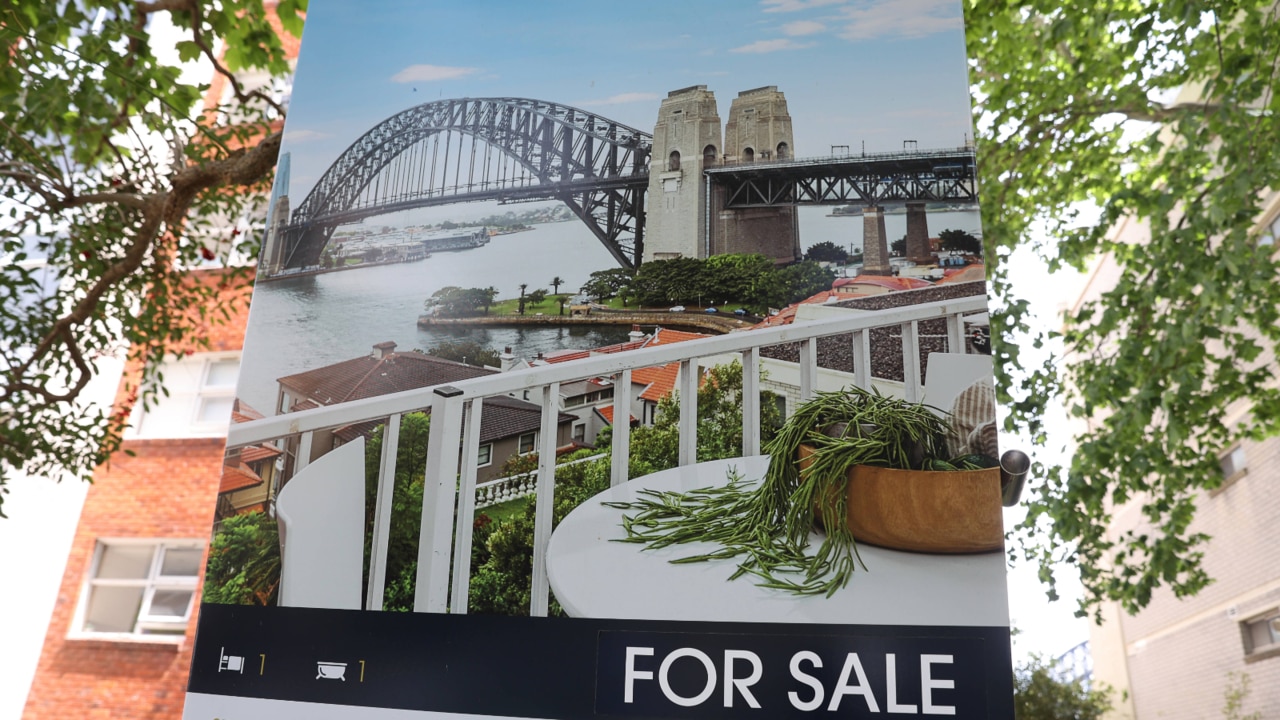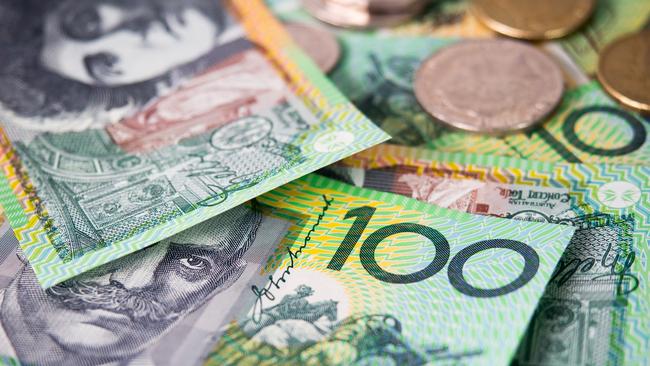
In three weeks, the Australian dollar has fallen 5 per cent and is down 8.5 per cent on its level at the start of the 2023 calendar year.
Such a fall is not catastrophic and our currency has traded at lower levels in recent times, but if it keeps falling then the reducing cost of imported goods, which has been the main driver of our lower inflation, will be reversed.
It’s true that this week’s acceleration in the decline of the Australian currency is part of a strengthening US dollar on the back of the higher bond interest rates that were triggered by the massive jump in US bond issuance and subsequent US credit rating downgrade by Fitch.
This sparked a selling of American bonds, causing US market interest rates to rise.
And that rise in American rates highlighted the stark difference between the cost of money in America and Australia.
A two-year US Treasury note yields around 4.9 per cent, while in Australia the rate is only 3.9 per cent.
That’s a big difference in the market, where historically Australians have had to pay more for their overseas money than Americans.

Significantly, there was a similar gap between Australian 10 year bonds and equivalent American bonds, but that has now narrowed and the Australian and American 10 year bond rates are both around 4 per cent (Australia is slightly higher).
In both the US and Australia, there are encouraging, short-term inflationary reduction signs. But Australia’s energy mess was masked by short-term subsidies.
An Australian dollar of around US65c should not cause panic, albeit down US6c on the level at the start of the year. But if that fall were to be duplicated in the next six months, taking the Australian dollar below US60c, we would then enter a new game entirely.
Markets would have sold off Australian bonds and the yields would have risen sharply, throwing out the window current forecasts of lower interest rates to relieve mortgage stress.
Global markets recognise that Australia has the ability to be a major beneficiary from the rise in metal prices as part of electrification and also from grain prices as a result of turmoil in world food markets.
But if we change our governmental structure and create a quagmire of public service decision-making delay by altering our constitution as proposed in the “yes” case, then in the current global environment it could easily spark a currency sell off that would send our interest rates higher.

Global share markets have been selling on the basis that world inflation is coming under control and so interest rates will fall.
Technology stocks were big beneficiaries from this market assumption. That assumption is now being challenged, sparking share market falls.
The reasons behind the Fitch Ratings downgrade of the US dollar provide an important warning not only to the American government but to Australia and its states.
Fitch pointed to a steady deterioration in the key US metrics.
In 2007, the general US national debt was less than 60 per cent of GDP but has now risen to 113 per cent and is expected to rise further over the next three years as the US government ignores debt levels and plans massive government expenditures.
Once markets discover Australia’s massive energy infrastructure spending, that will actually boost the cost of energy in some areas, our vulnerability to market forces increases.
Australia’s biggest danger comes from the highly-indebted Victorian state, which has energy policies that do not relate to cost.
Fortunately, Victoria and Australia have energy alternatives that can reduce carbon and lower energy costs, but it may take the rating agencies to force states like Victoria to do the right thing by themselves.







Global money traders have fired a powerful cannon shot across the bows of Australia’s Reserve Bank to remind incoming Governor Michele Bullock that markets will ultimately determine the level of Australian interest rates.